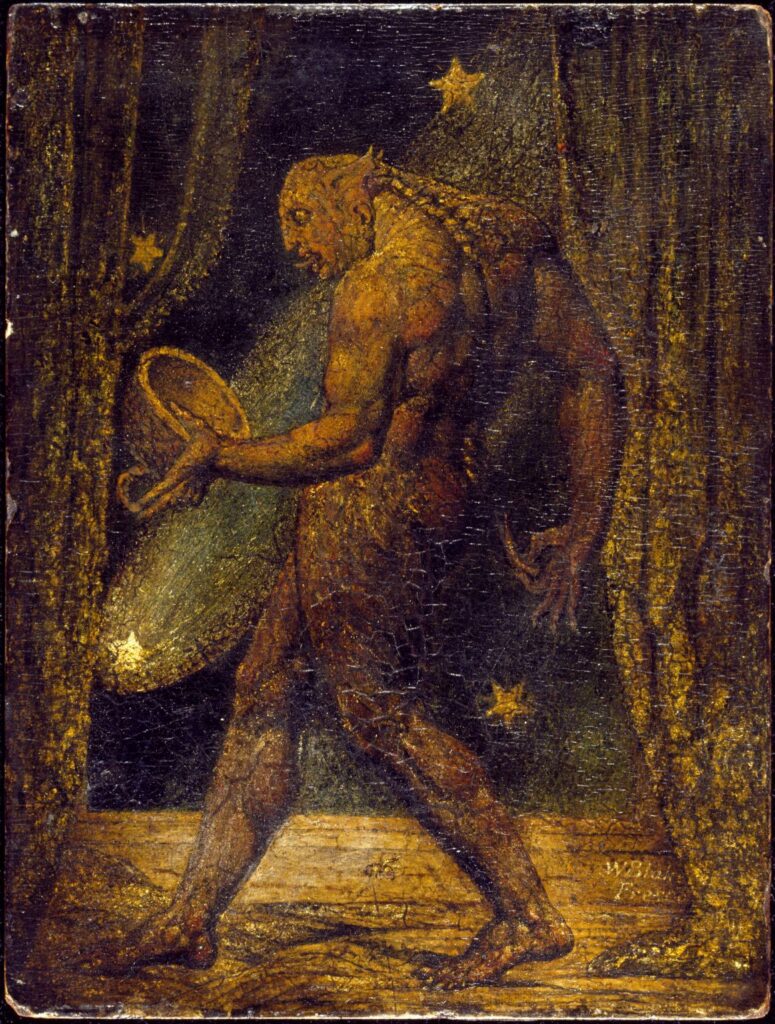Standing on the Shoulders of Solitude: Newton, the Plague, and How Quarantine Fomented the Greatest Leap in Science
INSPIRATIONAL, 4 May 2020
Maria Popova | Brain Pickings – TRANSCEND Media Service
“Truth is the offspring of silence and meditation.”
In the 1650s, the penumbra of plague slowly began eclipsing Europe. Italy fell first, soon Spain, then Germany, then Holland. From across the slender cell wall of the Channel, England watched and trembled, then cautiously relaxed — for about a decade, some divine will seemed to be shielding the country. But the world was already worshipping at the altar of commerce and the forces of globalization had already been set into motion — with England’s economy relying heavily on trade, its ports bustled with ships carrying silk and tea and sugar from all discovered frontiers of the globe. Rats boarded the ships, fleas boarded the rats, bacteria — an almost-kingdom of unicellular organisms yet to be coronated, for the cell itself was yet to be discovered — boarded the fleas, which took to human flesh as soon as they debarked.
And so, on Christmas Day 1664, a single plague death was reported in London. Another came in February, then another. “Great fears of sickness here in the City,” the legendary diarist Samuel Pepys was writing by April. “God preserve us all.”
God was no match for the absence of a basic scientific understanding of biology and epidemiology. The deaths were swift, gruesome, and, soon, so voluminous that services ceased being held. Over the course of the summer, the death toll swelled tenfold, from hundreds to thousands per week. The infected were ordered not to leave their homes. Many were boarded in and left to die in isolation, an enormous cross painted on the outside of each plagued house. Plays, spectator blood sports, and other crowd gatherings were banned. Street vendors were banned from selling their wares, newsboys ceased crying and retreated indoors. An awful, alien silence came to blanket this capital of din. The universities closed.
When Cambridge sent its students home, a young man obsessed with mathematics, motion, and light, whose illiterate father had died three months before his birth, who worshipped a “God of order and not of confusion,” and who had begun his university studies by performing servants’ work for wealthier students in exchange for tuition, bundled his prized books and headed back to his mother’s farm.
There, in solitude and isolation, as the plague continued its deadly sweep, Isaac Newton (December 25, 1642–March 19, 1727) dreamt up the fulcrum that would dislodge humanity from the Dark Ages; there, the apple — real or apocryphal — fell, and in its shadow rose the revolutionary idea of gravity, which the young man envisioned as a force “extending to the orb of the Moon” all the way from the Earth, without “cutoff or boundary.” It was there, too, that he set out to compute that force, “requisite to keep the Moon in her Orb with the force of gravity at the surface of the earth”; in the act of computing it, as a necessity of that act, he invented calculus.

In his excellent Isaac Newton (public library) — a gold standard of biography and of storytelling bridging the scientific with the poetic, which also gave us the story behind the famous “standing on the shoulders of giants” metaphor — James Gleick writes of the young Newton’s plague-driven return home:
He built bookshelves and made a small study for himself. He opened the nearly blank thousand-page commonplace book he had inherited from his stepfather and named it his Waste Book. He began filling it with reading notes. These mutated seamlessly into original research. He set himself problems; considered them obsessively; calculated answers, and asked new questions. He pushed past the frontier of knowledge (though he did not know this). The plague year was his transfiguration. Solitary and almost incommunicado, he became the world’s paramount mathematician.

From the fortunate platform of a long life — he lived to eighty-four, more than double the era’s life expectancy, his casket shouldered by dukes and earls — Newton would look back on his most intellectually fertile period of the plague years with the recognition that “truth is the offspring of silence and meditation.”
Complement this fragment of Gleick’s indispensable Isaac Newton with Tocqueville on stillness as a form of action and the trailblazing 18th-century French mathematician Émilie du Châtelet, who popularized Newton’s science, on the nature of genius, then revisit Gleick’s splendid reading of and reflection on Elizabeth Bishop’s poem about the nature of knowledge.
_______________________________________
 Brain Pickings is the brain child of Maria Popova, an interestingness hunter-gatherer and curious mind at large obsessed with combinatorial creativity who also writes for Wired UK and The Atlantic, among others, and is an MIT Futures of Entertainment Fellow. She has gotten occasional help from a handful of guest contributors. Email: brainpicker@brainpickings.org
Brain Pickings is the brain child of Maria Popova, an interestingness hunter-gatherer and curious mind at large obsessed with combinatorial creativity who also writes for Wired UK and The Atlantic, among others, and is an MIT Futures of Entertainment Fellow. She has gotten occasional help from a handful of guest contributors. Email: brainpicker@brainpickings.org
Go to Original – brainpickings.org
Tags: COVID-19, Coronavirus, Death, Fear, Inspirational, Isaac Newton, Plague
DISCLAIMER: The statements, views and opinions expressed in pieces republished here are solely those of the authors and do not necessarily represent those of TMS. In accordance with title 17 U.S.C. section 107, this material is distributed without profit to those who have expressed a prior interest in receiving the included information for research and educational purposes. TMS has no affiliation whatsoever with the originator of this article nor is TMS endorsed or sponsored by the originator. “GO TO ORIGINAL” links are provided as a convenience to our readers and allow for verification of authenticity. However, as originating pages are often updated by their originating host sites, the versions posted may not match the versions our readers view when clicking the “GO TO ORIGINAL” links. This site contains copyrighted material the use of which has not always been specifically authorized by the copyright owner. We are making such material available in our efforts to advance understanding of environmental, political, human rights, economic, democracy, scientific, and social justice issues, etc. We believe this constitutes a ‘fair use’ of any such copyrighted material as provided for in section 107 of the US Copyright Law. In accordance with Title 17 U.S.C. Section 107, the material on this site is distributed without profit to those who have expressed a prior interest in receiving the included information for research and educational purposes. For more information go to: http://www.law.cornell.edu/uscode/17/107.shtml. If you wish to use copyrighted material from this site for purposes of your own that go beyond ‘fair use’, you must obtain permission from the copyright owner.
